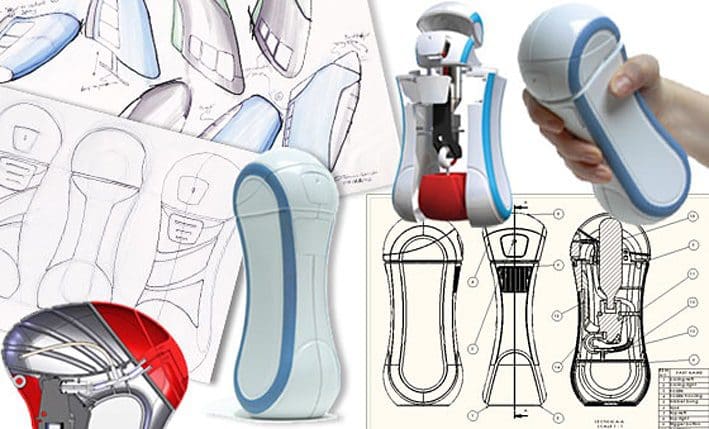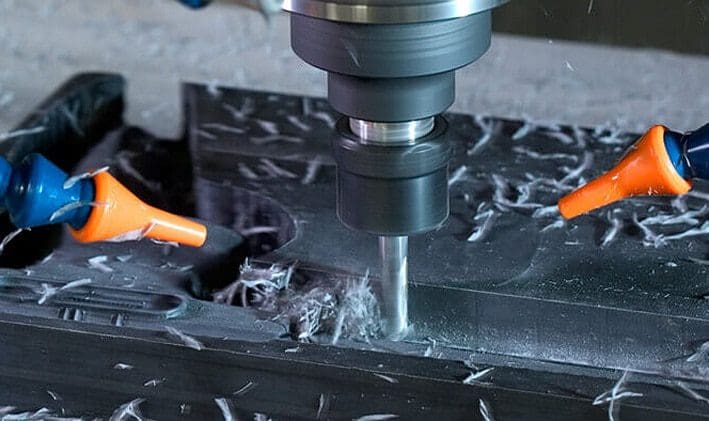The priority technology of custom prototypes – words Alexa Wang

Every second and every minute are changing with each passing day at present time. There are two ways for rapid manufacturing companies to rely on products to survive and develop: first, increase the output of existing products; second, develop new products. However, if a rapid manufacturing company relies solely on the production of its original products, its life expectancy will eventually exit the market with the entry of new products on the market.
As consumers mature themselves, they are not only increasingly demanding brands, but their needs are increasingly diversified and personalized. This requires companies to improve product quality, but also to develop more new personalized products. Generally, a new product has six stages. The first stage is the pre-project, mainly for market research; the second stage is the project concept construction; the third stage is design; the fourth stage is product adjustment; the fifth stage is the test; and the sixth stage is industrial production.
Prototypes are usually required for products that have just been developed or designed. Preparing custom prototype is the first step to verify the viability of the product. It is to find out the most direct and effective ways to design flaws, deficiencies, and drawbacks of the product so as to improve the defects in a targeted manner until the defects cannot be found from the individual hand samples. At this point, it is usually necessary to carry out a small amount of trial production to find out the shortage in the batch to improve.
Design finished products neither can’t be perfect nor even be used. If there are defects in mass production, they will all be scrapped, which will waste manpower and material resources and time. The general situation of hand boards is a small number of samples, the production cycle is short, and the human and material resources are low. Quickly find out the inadequacy of product design and improve it, and provide sufficient basis for product stereotypes.
The CNC prototyping is divided into 3D printing (SLA/SLS) and CNC machining according to the processing method. Both of them have their own special processing materials. Among them, CNC machining is widely used in the mechanical processing industry and the technology is relatively mature.
For finish of plastic:
- Smooth
Rubbing the surface of the plastic part with sandpaper.
- Polish
With mirror polishing and transparent polishing, it must be built on the basis of smooth. Mirror polishing is divided into mechanical mirror polishing and chemical solution mirror polishing. Transparent polishing means that the material of PMMA or PC is polished and polished to a transparent effect with polishing wax.
- Spraying
Divided the hand model painting and dusting. The hand model is mostly spraying by hand, so the color adjust technique is very important. Powder coating is done by machine, usually with white powder and black powder. Spraying is also the most intuitive experience of the appearance of the prototypes, and is currently the most extensive technology!
- Silk-screen
The surface of plastic is usually printed logos and images.
- Electroplating
Electroplating is the process of plating a thin layer of other metals or alloys on certain metal surfaces by electrolysis. It is a process of attaching a metal film to the surface of metal or other materials by electrolysis. Metal oxidation (such as rust), improve wear resistance, electrical conductivity, light reflectivity, corrosion resistance (copper sulfate, etc.) and enhance aesthetics. Divided into vacuum plating and water plating.
Not only the effect of finish is very good, but also it can achieve tight precision. So CNC machining is the top priority technology that people consider when process custom prototypes.







